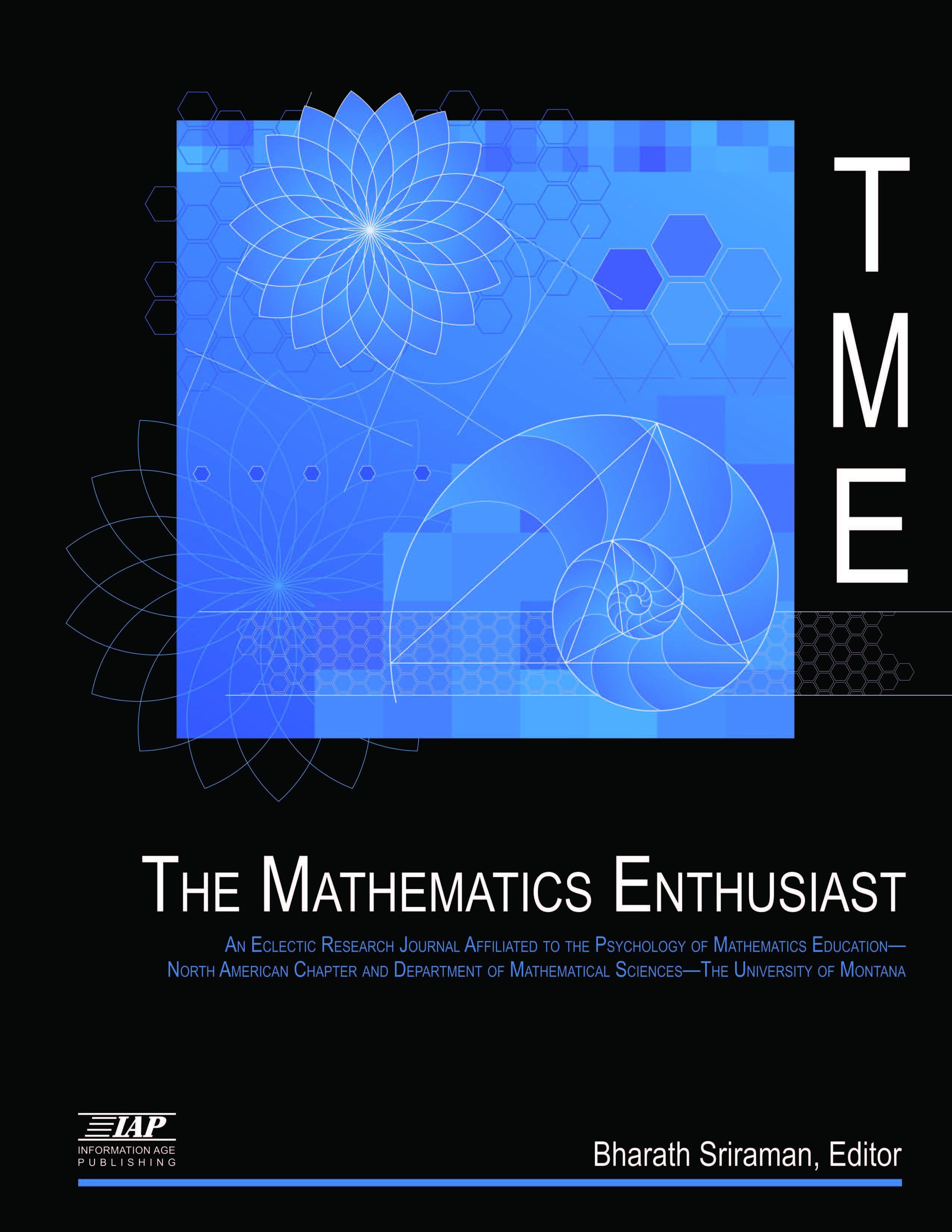
Volume
12
Issue
1-3
Abstract
Risk is everywhere yet the concept of risk is seldom investigated in high school mathematics. After presenting arguments for teaching risk in the context of high school mathematics, the article describes a case study of teaching risk in two grade 11 classes in Canada- an all-boy independent school (23 boys) and a publicly funded religious school (19 girls and 4 boys). The findings suggest that the students possessed intuitive knowledge that risk of an event should be assessed by both its likelihood and its impact. Following and amending pedagogic model of risk (Levinson, R., Kent, P., Pratt, D., Kapadia, R., & Yogui, C., 2012), the study suggests that pedagogy of risk should include five components: 1) knowledge, beliefs, and values, 2) judgment of impact, 3) judgment of probability, 4) representations, and 5) estimation of risk. These components do not necessarily appear in the instruction or students’ decision making in chronological order,; furthermore, they influence each other. The implication for mathematics education is that a meaningful instruction about risk should go beyond mathematical representations and reasoning and include other components of the pedagogy of risk. The article also illustrates the importance of reasoning about rational numbers (rates, ratios, and fractions) and their critical interpretation in the pedagogy of risk.
First Page
307
Last Page
329
Recommended Citation
Radakovic, Nenad
(2015)
"Pedagogy of Risk: Why and How Should We Teach Risk in High School Math Classes?,"
The Mathematics Enthusiast: Vol. 12
:
No.
1
, Article 25.
DOI: https://doi.org/10.54870/1551-3440.1350
Available at:
https://scholarworks.umt.edu/tme/vol12/iss1/25
Digital Object Identifier (DOI)
10.54870/1551-3440.1350
